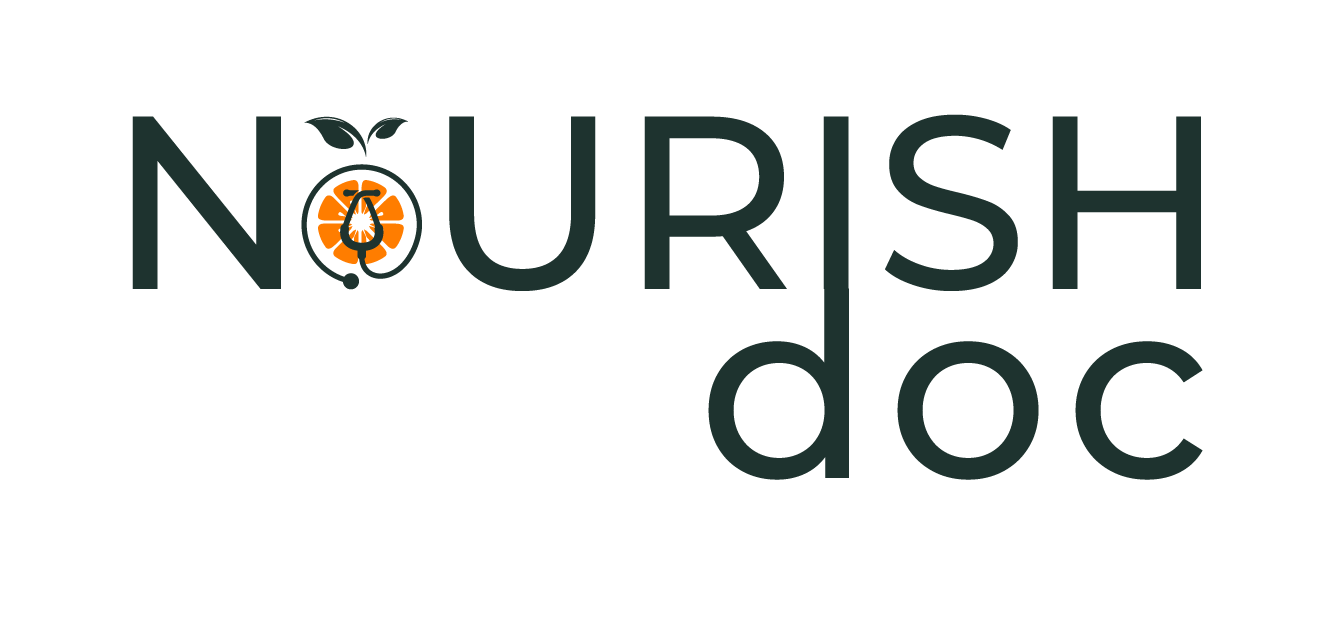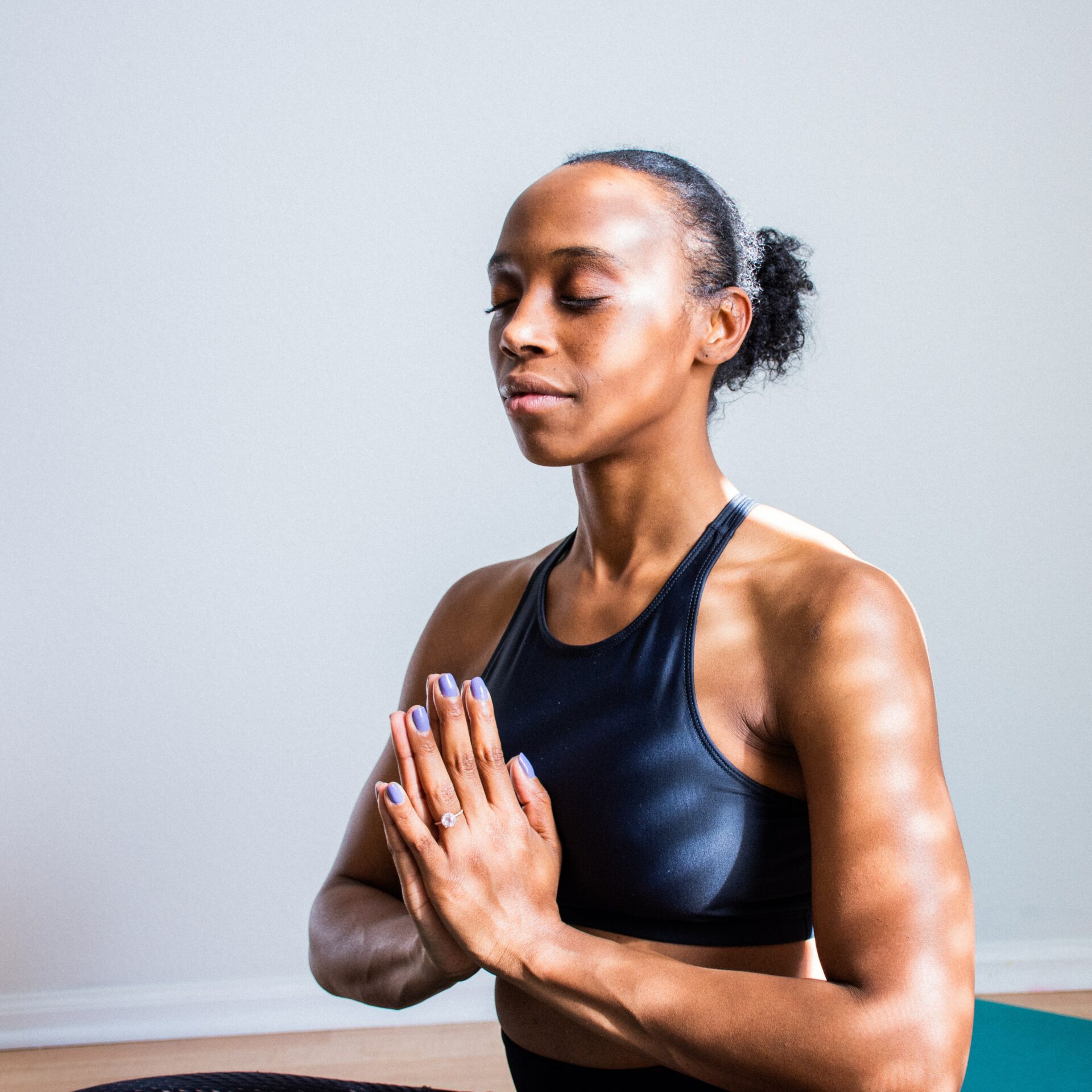Qigong is an ancient Chinese practice that is gaining popularity in the Western world as a way to reduce stress and anxiety. This traditional Chinese medicine practice combines physical movements, breathing techniques, and meditation to improve physical, mental, and emotional well-being. Qigong has been used for centuries to promote health, longevity, and spiritual growth, and modern science now recognizes it as a powerful stress and anxiety management tool.
What is Qigong?
Qigong is a holistic practice that focuses on the cultivation of “qi” (pronounced “chee”), the vital life force that flows through the body. Qi is believed to be the force that animates all living things, and it is said to flow through energy channels or meridians in the body. Qigong practitioners use a combination of physical movements, breathing exercises, and meditation to enhance the flow of qi, improve circulation, and promote overall health and well-being.
Qigong’s practice is rooted in traditional Chinese medicine principles, which view the body as a dynamic system constantly changing and adapting to internal and external factors. According to this perspective, health results from the balance and harmony of the body’s vital energies, or “yin” and “yang,” constantly in flux. Qigong aims to restore this balance by strengthening the body’s vital energies and promoting harmonious flow.
How Qigong Reduces Stress and Anxiety
Qigong is an effective tool for reducing stress and anxiety in several ways.
First, the physical movements of Qigong promote relaxation and reduce tension in the body. By gently stretching and moving the muscles, joints, and connective tissues, Qigong helps release stored tension and stress from the body. This physical release can lead to greater ease and well-being and improved sleep and digestion.
Second, Qigong emphasizes the practice of deep breathing, which has been shown to have a powerful effect on the body and mind. Deep breathing stimulates the relaxation response. When we breathe deeply, we signal to the brain that we are safe and relaxed, which reduces stress hormone levels in the body. It can lead to a greater sense of calm and well-being and improved mental clarity and focus.
Third, Qigong incorporates meditation and mindfulness practices that help cultivate a state of mental calm and clarity. By focusing the mind on the present moment and cultivating non-judgmental awareness of our thoughts and emotions, we can reduce the impact of stress and anxiety on our mental and emotional well-being. This mindfulness practice can also help us develop a greater sense of compassion and empathy, leading to improved relationships and a greater sense of connection to others.
Finally, Qigong promotes cultivating a positive attitude and outlook on life. Focusing on our experience and cultivating gratitude and appreciation can shift our mindset from stress and anxiety to calm and contentment. This positive attitude can help us cope with stress and adversity more effectively, leading to greater resilience and overall well-being.
The Basics of Qigong
Qigong is a holistic practice that involves movements, breathwork, and meditation. The practice is based on the idea that the body is a network of energy channels, known as meridians, that can become blocked, leading to physical and emotional imbalances. Qigong’s movements, breathwork, and meditation are designed to stimulate energy flow in these channels, promoting healing and balance.
The movements of Qigong are slow, flowing, and gentle, making them accessible to people of all ages and fitness levels. Each movement is intentional, and practitioners focus on the breath in their bodies as they move. It helps to quiet the mind and bring a sense of calm and relaxation.
Breathwork is a crucial component of Qigong. In Qigong, practitioners use various breathing techniques to regulate their breath and promote relaxation. Deep breathing brings oxygen to the body, while slow, controlled breathing helps slow the heart rate and calm the nervous system.
Meditation is also an essential aspect of Qigong. Practitioners use meditation to quiet the mind, concentrate on their attention, and connect with their inner selves. Meditation can take many forms in Qigong, from sitting quietly to visualizations and mindfulness practices.
Benefits of Qigong for Stress and Anxiety
Qigong has many benefits for reducing stress and anxiety. Here are a few of the most significant benefits:
- Reduces Stress Hormones: Qigong has been shown to decrease stress hormone levels in the body. Cortisol is released during stress, and high cortisol levels can lead to various physical and emotional problems, including anxiety, depression, and fatigue. By reducing cortisol levels, Qigong can help to reduce stress and promote relaxation.
- Calms the Nervous System: Qigong has been shown to activate the parasympathetic nervous system, responsible for the body’s rest-and-digest response. It helps to slow the heart rate, lower blood pressure, and promote relaxation.
- Improves Emotional Well-being: Qigong has been shown to improve emotional well-being and reduce symptoms of anxiety and depression. The practice helps to cultivate a sense of inner peace and calm, making it an excellent tool for managing stress and anxiety.
- Increases Energy: Qigong can help to increase energy levels by improving the flow of qi in the body. It can lead to increased vitality and a sense of well-being.
- Improves Sleep: Qigong can help to improve sleep quality by promoting relaxation and reducing stress. By improving sleep, Qigong can help reduce stress’s negative effects on the body and mind.
This article will discuss how to practice Qigong for stress and anxiety.
Step 1: Find a Qualified Instructor
Qigong is a complex practice that involves precise movements, breathing techniques, and meditation. Finding a qualified instructor who can guide you through the process and ensure that you are doing the exercises correctly is essential. Look for an instructor with a certification from a reputable Qigong organization and experience teaching Qigong for stress and anxiety.
Step 2: Start with Basic Exercises
If you are new to Qigong, starting with basic exercises that are easy to learn and practice is best. These exercises help you relax, focus, and build your Qi (life force energy). Some of the basic Qigong exercises that can help you reduce stress and anxiety include:
Standing Meditation
- Be upright with your feet shoulder-width apart, knees slightly bent, and arms at your sides.
- Relax your whole body and focus on your breath.
- Visualize your breath as a stream of energy that flows through your body and fills you with vitality.
Belly Breathing
- Sit or stand with your hands on your belly.
- Inhale Oxygen deeply through your nose and feel your belly expand.
- Exhale Oxygen slowly through your mouth, and feel your belly contract.
- Repeat for several minutes.
Five-Element Qigong: This exercise involves a sequence of movements that correspond to the five elements of TCM (wood, fire, earth, metal, and water). It can help balance your energy and improve your overall well-being.
Step 3: Practice Regularly
To get the most benefit from Qigong, it is essential to practice regularly. Set a specific time each day to practice, even for only a few minutes. Consistency is key to building your Qi and reducing stress and anxiety.
Step 4: Combine Qigong with Other Stress-Reducing Techniques
Qigong can reduce stress and anxiety but is not a magic bullet. Combining Qigong with other stress-reducing techniques such as mindfulness, yoga, or meditation is important. These practices can help you cultivate a calm and focused mind, essential for managing stress and anxiety.
Step 5: Practice Gratitude
Gratitude is a powerful tool for reducing stress and anxiety. Practicing gratitude is a skill that takes time to develop, but the more you do it, the more natural it will become. You can cultivate a more positive and resilient mindset by making gratitude a habit, even during challenging times. Which can help reduce stress and anxiety.
Step 6: Make Qigong a Part of Your Daily Routine
Finally, to truly incorporate Qigong into your daily life, making it a part of your daily routine is important.
In addition to practicing Qigong exercises, you can also incorporate Qigong principles into your daily life. For example, you can practice mindfulness during everyday activities like washing dishes or walking the dog.
Another way to incorporate Qigong principles into daily life is to focus on posture. In Qigong, good posture is essential for maintaining the flow of Qi throughout the body. Sitting or standing up straight and aligning your body properly can improve your posture and energy levels.
Here we discuss this with Peter Caughey, a qigong expert, to get his thoughts on this topic.
How Can Qigong Help Us With Stress & Anxiety?
NourishDoc: Hello, everyone. We have been almost stressed for the last couple of years. We’ve been talking a lot about yoga and breath work, but today, we wanted to bring up Qigong; how can Qigong help us with stress and anxiety? That’s the topic of discussion today with Peter.
Peter is joining me live from Bali. A place where no stress and anxiety exist, right, Peter? He has been practicing acupuncture, traditional Chinese medicine, and Qigong for the last couple of decades. So, welcome and Namaste. Thank you so much. Please educate us about Qigong and how it can help us in today’s day and age.
Qigong Expert Peter: Yeah, sure. Qigong has become a new thing, and more people are practicing jiggle. Now, more people are getting an understanding of it, and it’s a great modality. It’s been kept in China for a long time, and it’s come out to the Western world now, and people are grabbing hold of it because there are so many benefits that get from it.
So Qigong itself is part of traditional Chinese medicine. It’s one of the aspects they had the Chinese herbal, and you have the Chinese massage and qigong therapy; there are two different parts of Qigong. There’s the massage, the self-exercise where you do qigong exercises that move the energy around your body. Then there’s qigong healing, where you do hands-off healing and move the energy with your hands.
So there are two aspects to it. But the one we’re talking about today is how people can exercise and help rectify stress. We talked about stress and anxiety with them. We were talking about that before the show. So and it’s one of these great modalities that has been kept quiet, and it has a huge effect on people without getting too technical. It gets into the energy of our body. We talk about the energy part of our body.
Our Chinese medicine deals with the energy of our body. Western medicine has parts that deal with this legal system and the muscular system, which discusses the energy energetic pathways inside the body. So all the medicines around balancing the energy in the body, and they believe if the energy is moving smoothly through water meridians or the channels, then if doing that.
There’s no blockage, and everything will function properly in your body. Your digestive’s going to work properly. Your heart’s going to beat with no stress. Your mind will think clearly, so the Qigong is about getting to this state where everything in your body works cleanly and smoothly without impediments. So it’s a great model, and it’s getting more and more popular.
But one of the things we talked about was how stress affects the body because if we understand where stress comes from, there are numerous places you can get this from. But we talk mainly about stress. It’s about stress from work or stress from the lifestyle. The lifestyle’s affecting it, and so the Qigong affects the way we live as human beings. It creates a hormonal reaction inside the body. It creates cortisol and all sorts of things that damage our body and affects our liver, and Chinese medicine affects our liver.
So Qigong can calm or sedate the energy of the liver. So it’s not firing. It’s not creating all this fight and flight in our body, and it quiets down. The body starts to relax, and inside the relaxation, the energy moves smoothly through our body, mind, and heart, which has this calming effect. But it also, and what it does is it takes the thoughts, the anxiety, the thoughts, or the thing that’s triggering this I’m not right.
There’s something wrong; I’m not happy. I’m not wealthy. I’m not doing well. I need help to be successful. It took this away and kept bringing you back into a place where you’re content. You’re sitting there going. I feel good right now. All the world’s stresses disappear; now, you have this place of peace and quietness. It’s a very beautiful practice to do that, of course, doing a daily practice or something like that. with the Qigong. It can bring you back into a different space in your life.
A different place where you exist, so it doesn’t have all that otherworldly worry sitting in there. It’s a place of different places to live. So I live in Bali because I’m away from that. I live in a place where I moved here on purpose. So I don’t have stress and want to help people find the same place and comfort. I don’t mean you must come to Bali, but I just found somewhere to relax.
In your own home, wherever it is. Wherever you live in the world and just be able to relax and see the light through different eyes, not through lies through stress. I could see life differently; I like to help you, and Qigong is a beautiful vehicle to help people find that.
Types Of Qigong For Begineers
NourishDoc: So that’s fascinating. So talk to us about the movement part of it. Does it also include yoga, for example? Yoga has postures and breath work; breath work helps calm the parasympathetic system; postures also when you’re doing restorative yoga.
But in Qigong, I want to go big a little bit deeper as to the type of movement is the particular type of movement that helps, or can you expand a little bit maybe the names of the movement that people can do by themselves at home to help themselves calm themselves at home.
Qigong Expert Peter: Yeah, it’s great. I hear what you’re asking. So, the integral and there are lots of different qigong systems, many ways, some famous ones that millions of people practice worldwide and some more obscure ones. So, there are many different systems, and they all have their way of moving the chi. They all have medical applications of what the exercise does.
Suppose they have medical applications of which meridians they’re working with and so when you’re doing the exercise. In that case, you open up these particular meridians while doing a particular exercise, like wiping your hands for the system. It’s designed for the kidneys and the lungs, and they communicate with each other as meridians do.
Breath To Guide Energy
So, in the Qigong, you also use the breath to guide the energy around the body. But if we understand the breath in Chinese medicine, it has two parts. There’s the part of the breath that goes into your lungs. It goes into the bloodstream that feeds the cell body, that’s oxygen’s food to the body and then medicine. We also take the energy of the oxygen, and the energy goes into a different place. It goes to the lungs itself and then goes to the kidneys, and so we’re talking about moving energy.
It’s in the body through the meridian, through our mind through the breath, and at the same time as understanding how to do that. So you can feel the energy moving up and down your arms when I breathe in and out. I can now I didn’t use to when I first started. But now I can feel it when I breathe out. I can feel the energy moving down the going out through my fingers, and I can feel it coming back in and breathing it back inside my body.
My body respired breathes in and out. The oxygen in my body increases in size and volume and decreases. I have this unique sensation of breathing energy in and out of the body through the arms, legs, and whole body. These exercises allow you to learn how to do that and move with your breath. As I say, we’re using, guiding the intention of the energy of the breath, not just the breath but the energy of the breath.
So when I breathe in, I breathe energy down to my toes. I breathe energy towards the end of my abs and the extremities to breathe in and out the whole body. It pulses in and out, and it moves energy up and down. The challenge is that I do that with my intention, and I can create a change by changing exercises. It changes the different meridians; it opens and closes so you go from one seat to another set.
They had a relationship, so different exercises had different relationships with different pathways, and you breathe in one way. One down the other way, and then you open a different word, and you breathe up a different word, and then down it’s doing good and lots of pieces to it. Of course, all the organ functions or the organ qigong systems are where you’re breathing into the organ itself.
You’re breathing into the heart tissue or the heart energy of the body to free up all the heart’s capacity. We talk about the pericardium, the protector of the heart and energy. It protects it energetically as well. So all of these things and these meridians also have their own emotions attached to them, energetic emotion because the energy of emotion is energy.
So then it changes emotions from, say, we’re talking about the emotional kidneys. Suppose it’s out of balance if you don’t have a lot of kidney energy. The emotion is fear. You get fearful, and there’s a lot of that in the world at the moment, so it changes the fear inside the body and gives you strong willpower where your mind is a lot more stable.
You have this idea of where I want to go and what I’m going to do, and you get along strong as it changes it from, I wouldn’t call it negative but from a yin into a yang if you like to call it. It goes from the energy that’s hurting the body to one that’s fueling the body and the body’s health. So it has lots of different functions to that.
A Small Demo To Self-Care At Home
NourishDoc: It’s fascinating. We can’t do a small demo. You’re sitting over there, but is there anything you can do to show how we can beautifully move our energy, something that we could do with our face and hand here?
Qigong Expert Peter: Okay. I’m going to sit in here. Okay, we can. So, the easy thing, hold your hands like that and say, for the people watching, hold your hands like that. So, the key to energy is that the more relaxed you are, the more the energy moves. So it’s obvious because if you’re tense, the tension stops the energy traveling, the blood circulating, and everything moving.
So, the more relaxed you are, the more the energy will move by itself. Now, everybody’s felt that if you put your hands together, you can feel the heat between your hands. It’s not about the heat we want. It’s about the energy we feel. Yeah. I’m going to do a couple of quick exercises. You put your two thumbs together, and then you take your thumbs apart.
Yeah, and then put them together and then take the partner. If you have a black screen on a pen, whether you’re on a computer or not, you have a backscreen. You’ll be able to see the energy traveling between the two thumbs like a little wavy line. It means whether you’ve got something dark underneath it, you can see that. Now, when you do the little fingers, do the little fingers together and then leave your fingers apart and little finger.
So, you’re joining energy between the little and middle fingers together and apart. Good now. Do your middle finger a big one. Do your middle finger together. This is a very; this is a short version of the exercise. I’m not wrong about this. I’m doing it very shortly. This particular one comes out of Nelson Sheldon, a particular meditation system.
Now, if you hold your hand, move your hands together and pull them apart. You’ll be able to feel the energy; you better feel that’s like the sort of cushion. It’ll be different for everybody, of course, because everybody’s a different sensation. There’s a little cushion of energy because we have a yin surface and another yin surface. They’re pushing together. It’s like two magnets.
You’re trying to push two negative magnets together, and they push each other away, and that’s why you get the spongy feeling because they’re pushing away. So that’s the energy we’re working with inside the body. The practice causes the sensation of all the sensitivity that comes with practice. Then you can feel it moving through your body. You can control your heart. You can speed your heart up. You can slow it down. You can change the way you breathe Energetically. You can change how the meridians feel and your connection to the earth.
But the big one I love is the connection with things outside of yourself. So the Qigong allows you to tap into the energy field outside of itself. We can feel that, and you’re breathing it in and out. So you’re connected to something bigger than yourself, which is extraordinary. Then I think it takes away the worry about me, it becomes well then I’m part of something else, and I’m a bigger thing than that, and that opens a very different door of our existence as human beings and why we’re here in this world at all. It just changes everything.
NourishDoc: It’s fascinating, and thank you so much for sharing a small demo on a prompt to which we were not hoping to do that. So this is a quick 10-minute session that we wanted to bring and introduce Qigong; that could be so helpful for alleviating and bringing relief to the anxiety that we are feeling daily, especially living in a Covid world, right? Unfortunately, we cannot move to Bali, as you have. So, we must deal with the stress, and tools are available, as Peter suggested. Anything else you like to add before we wrap up today?
Qigong Expert Peter: No, I think that anything I would say would be that’s happening the people and my patients and the people that I’m I’m doing courses online at the moment all around the world with people is that you don’t have to be that way. You can change. You don’t have to live in a place of stress and worry.
You can; there’s a way of getting out of that. There’s a way of having an experience of your life outside of that world in a different world where that doesn’t isn’t the most important part. The most important part’s about you and your connection. It’s not to do with what’s happening in the world; it is a beautiful vehicle to help you experience that.
NourishDoc: Absolutely. Internalizing your thoughts, internalizing who you are, and using these modalities like Qigong to help yourself. Bringing relief to your anxiety, whatever is bothering you, and that’s what we are bringing daily of 10 minutes of holistic health, holistic wellness. So, stay tuned, and thank you so much. We are almost at 200000 followers on Facebook with all of your help, and we are launching all these workshops. So, stay tuned, and have a great week. Thank you so much, and namaste.






